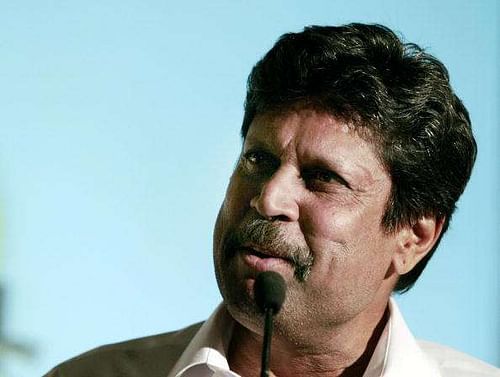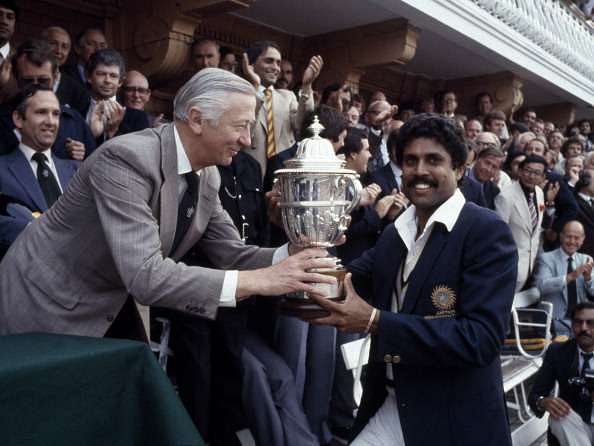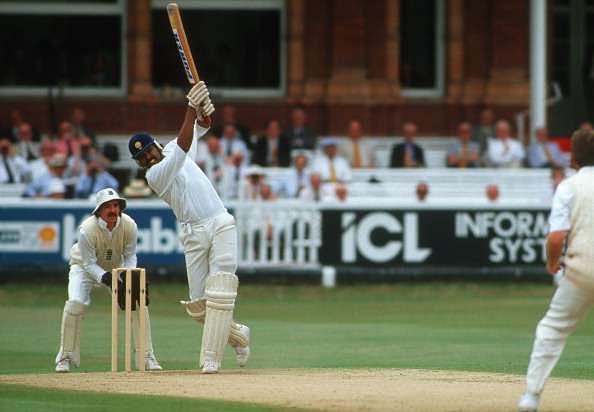
From zenith to nadir: How Kapil Dev's reputation faded away
”Fame is a fickle friend, Harry.” – Gilderoy Lockhart, “Harry Potter and the Chamber of Secrets”
In all the years that India have played cricket on the world stage, there have been many instances when they were nothing more than amiable trundlers, and easy fodder for batsmen across the globe. There was, of course, the occasional moment of brilliance (remember the 1971 series against the West Indies?), but apart from that, there wasn’t much to cheer about in the fast bowling department.
Then arrived a phenomenon – a strapping, rustic youngster, whose run-up to the bowling crease was more like a predator than a placid cow. For the next decade and a half, the youngster would go on to become one of the cornerstones of Indian cricket as they strode towards becoming a force to reckon with in the international arena.
His name? Kapil Dev Ramlal Nikhanj – the one whom many children growing up in the late eighties and early nineties (including me) fondly remember as the Palmolive da jawab nahin man.
A bowler who led the revival of India’s pace bowling stocks to such an extent that they were, at his peak, on par with the world’s best – such was the Haryana native’s prowess.
An “accidental” leader who guided his side to the pinnacle of ODI cricket glory in 1983 – so much so that the mighty Calypso kings were awed by the audacity of the effort put in to achieve that victory. The sweetest reward came five years after his adieu from the game – coaching the team of which he was once a proud member.
15 years on from that zenith, came his nadir – a string of losses, the sordid saga of match fixing and betting, and the move to a rebel cricket league. For a man who rose from humble cricketing origins, the stigma of being labelled as a cheat stung the most.
And his reputation was savaged – in part due to his own handling of criticisms levelled at him – leaving his stature as a respected cricketing great diminished in lustre.
So, what did happen? Let’s take a look.
The 1983 World Cup victory – his crowning achievement
No one gave India a chance, after less-than-satisfactory sojourns in the previous two editions of the quadrennial World Cup tournament. The third edition changed all that.
How many would have given the subcontinent nation a chance when they were precariously placed at 17/5 against minnows Zimbabwe? Only Kapil. A restrained innings, backed by incandescent power hitting after reaching the three figure mark, justified the selectors’ decision to place the burden of leadership on the young man’s shoulders.
The first five-wicket haul by an Indian bowler in ODIs, and taking the vital catch of the swaggering Viv Richards in the final – spearheading the triumphs of a side only considered batting heavy – pulled the Indian captain’s star into the ascendant.
Old timers also recall fondly of the man’s extraordinary late spell of three wickets in six balls against New Zealand in 1986, emulating Ian Botham to the all-rounder’s double of 3000 runs and 300 wickets in Tests, taking the first hat-trick in ODis for India in 1991 – all of these stand out in memory.
It took 28 years for the Men in Blue to regain the title they captured. By then, one of the chief architects of that memorable triumph was long gone from the game. Never did he reach such heady heights again in the ODI arena; his reputation in tatters and his great deeds forgotten.
The Rescue Act and Number 434 – India’s greatest all rounder
Former England off spinner Eddie Hemmings may have mixed memories of July 30, 1990. At the site of cricket’s most hallowed turf, the veteran tweaker came in for some heavy punishment at Kapil’s hands. The Indians, watching from the sidelines, received the best crash course in how to avoid the follow-on.
Each of those four sixes that the former skipper struck had authority and power of old. The style was more reminiscent of his 175 at Tunbridge Wells seven years ago. Although India eventually fell to a 247-run loss, they avoided outright ignominy solely due to the Haryana Hurricane’s blistering unbeaten 77. The nature of this effort doesn’t resemble that of a greedy man, does it?
Four years later, the seal of immortality was forever stamped on Indian cricketing annals when the ageing all-rounder took out Sri Lanka’s Hashan Tillakaratne at Ahmedabad, breaking New Zealand’s Richard Hadlee’s tally of 431 Test wickets and finishing on 434 overall. Of this feat, the Nawab of Pataudi had (apparently) quipped:
“Whoever beats this record, will be one tired man.”
The first signs of controversy in an otherwise glorious career appeared when a furious Kapil “Mankaded” South African batsman Peter Kirsten during a game at Port Elizabeth. The sight of him exchanging angry words with the batsman, and stressing that he had previously warned him three times, resulted in the entire establishment witnessing a hitherto-unseen side of the veteran all rounder. Although the matter was resolved with a fine to Kirsten, it did leave a bad taste in everyone’s mouths.
He finished his international career with a whimper at Faridabad – a heavy defeat at the hands of the West Indies at home is definitely not something a proud cricketer can stomach for long. 16 years of top-flight cricket, without a single break due to injury (sickness and lack of form might be excused), resulted in India becoming a fine strike force on the world stage.
Then began the slow descent.


